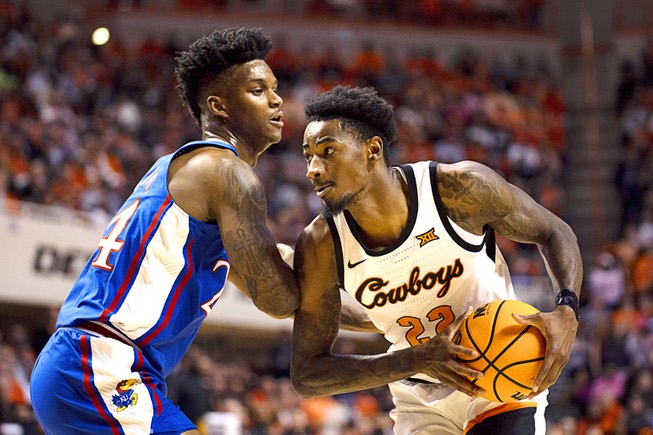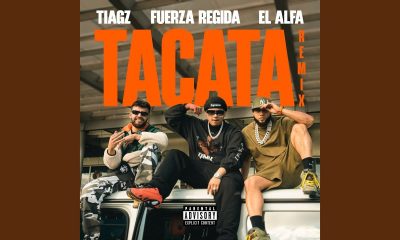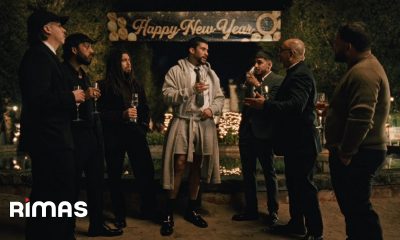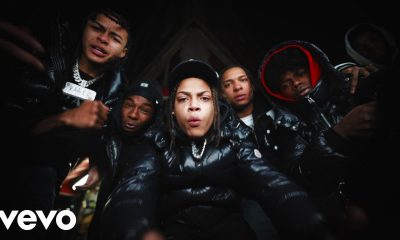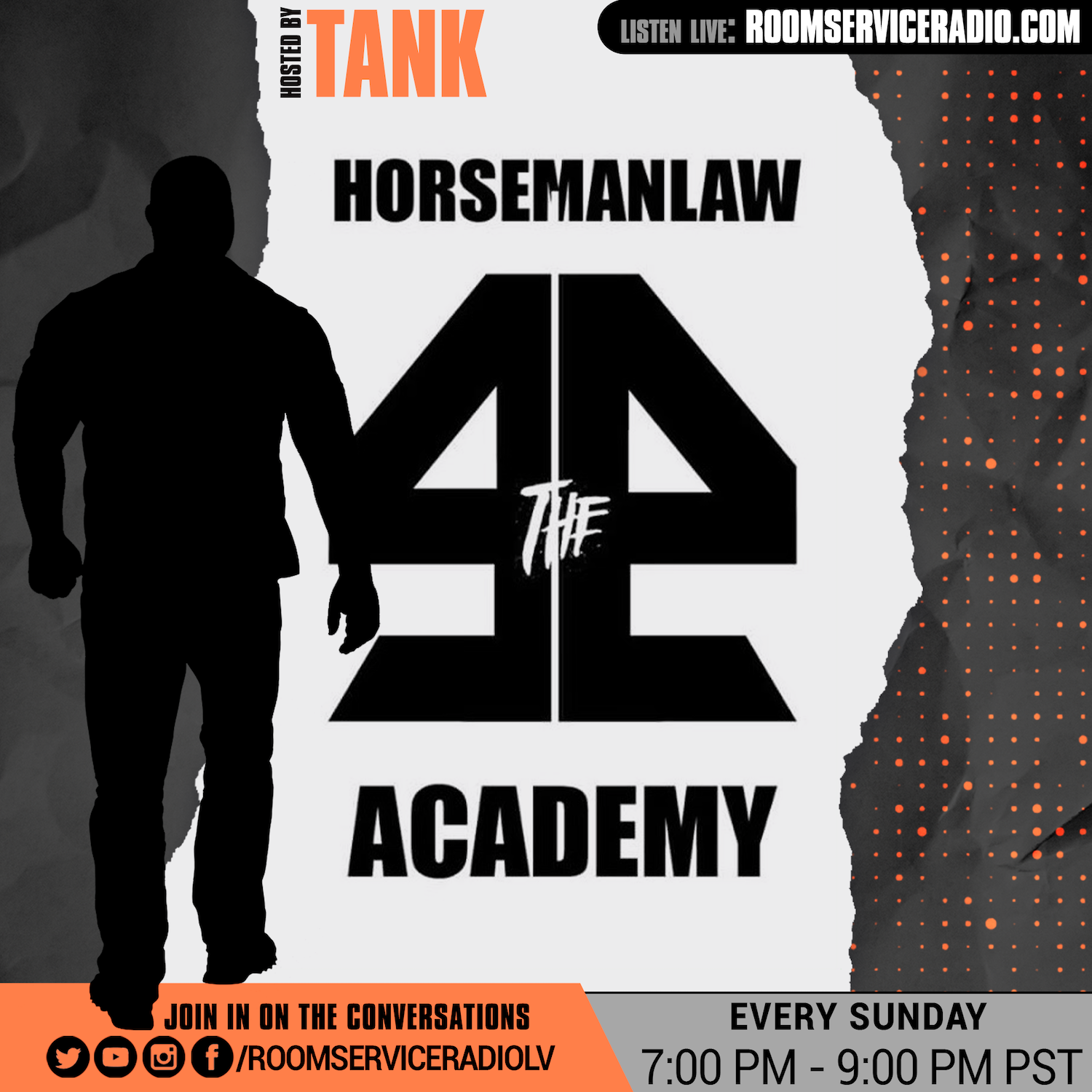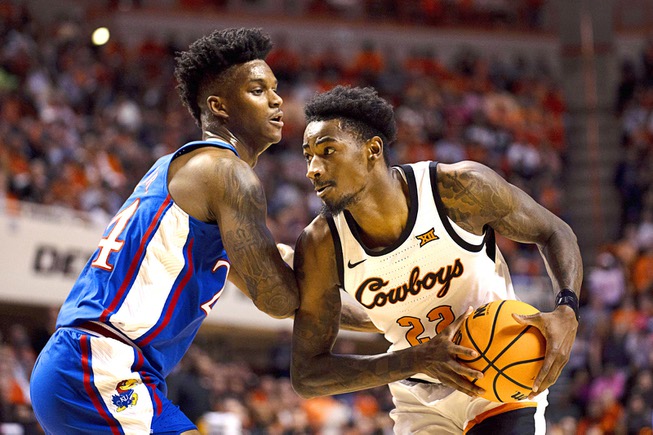
Mitch Alcala / AP, file
Kansas’ K.J. Adams Jr., left, guards Oklahoma State’s Kalib Boone (22) in the first half of an NCAA college basketball game in Stillwater, Okla., Tuesday, Feb. 14, 2023. Boone announced Wednesday on social media that he would transfer to UNLV for the 2023-24 season.
Wednesday, June 21, 2023 | 2 a.m.
Earlier in the offseason we provided a video breakdown of new UNLV transfer Keylan Boone, and now it’s time to check out his twin brother, former Oklahoma State big man Kalib Boone.
Together they were a big part of the program’s offseason overhaul, but interestingly enough, the two have vastly different skill sets.
Though they share a similar physical profile — Keylan is listed at 6-foot-8, 200 pounds, while Kalib is 6-foot-9, 198 pounds — they work different areas of the floor. Keylan is a perimeter player who strokes jump shots and operates well in space, while Kalib is a pure post player who thrives in close quarters.
It’s not seen as often in today’s game, so it stands out all the more when Boone posts up and deliberately backs his way in for an easy bucket.
Boone doesn’t need deep position in order to create good shots because he is patient and good enough with the ball to use multiple dribbles while he works his way into the paint. From there, he scores with a variety of moves — a straight jump hook, an up-and-under, a drop step, a spin to the left hand, etc. — and he’s got good touch on all of them (his jump hook range, for example, extends well beyond the restricted area).
Though he doesn’t possess a bulky frame, Boone doesn’t have much problem moving defenders off-balance. And when he gets a small player switched onto him, it’s automatic.
He’s also good at tracking his pivot foot and knowing when to take an extra, unexpected (but entirely legal) step in order to get closer to the basket. Double teams sometimes gave him trouble at Oklahoma State, but only when they came from the blind side. Otherwise he stayed patient and pretty much always found an open shot.
All those skills add up to an efficient, old-school post scoring threat:
Oklahoma State made it a point to run a lot of offense through Boone in the post, and he delivered, converting 67.6% of his shots around the rim.
Those low-post touches made up the majority of Boone’s scoring chances; he didn’t flash much of a face-up game, and he has only attempted nine 3-pointers in his four years of college, so you mostly know what you’re getting when you roll him out at center.
The rest of his production came as a finisher, either by running the floor or by flashing to the rim in pick-and-roll situations. He tends to go up strong, and when he can’t dunk it, he has nice touch around the rim. He also draws contact, as evidenced by his career free-throw rate of 45.1%; for reference, UNLV’s leader last year was E.J. Harkless at 47.4%.
When Boone gets the ball around the rim, he knows what to do with it:
As mentioned above, defenses had some success last year by springing double teams on him. Boone doesn’t appear to be a natural passer, capable of picking apart opponents who send extra defenders. For his career, Boone averages less than 1.0 assists per game:
Defensively, the biggest question from UNLV’s perspective is whether Boone will be able to hold down the middle as a center. He’s a bit undersized at 6-foot-8, and much of his court time at Oklahoma State was spent playing next to a true center, so being the full-time starting pivot will be a new experience for him.
Boone averaged 1.2 blocks per game last year, and his block rate of 6.3% was lower than any of UNLV’s big men last year (David Muoka checked in at 10.1%). He doesn’t appear to be exceptionally quick moving side to side, which limits him as a help defender. He is long enough and quick enough off the floor to challenge his share of shots, though, even if he’s sometimes a half-step late:
Boone may be able to dictate terms on offense, but on defense modern basketball demands that big men be able to step out and match up on the perimeter — often against smaller, quicker players. Opponents were able to take advantage of Boone in those situations, either by isolating him and forcing him to move laterally, or by putting him in pick-and-roll and making him recover quickly.
Boone gives an honest effort when asked to defend in space, but it’s not something that comes naturally:
Rebounding is another area where Boone is going to have to prove himself, especially if he’s the lone big man in the kind of small lineups that Kevin Kruger seems to prefer. Last year his defensive rebound rate was 14.4%, which lags behind the numbers posted by Muoka (18.0%, E.J. Harkless (16.7%), Shane Nowell (16.6%) and Luis Rodriguez (16.2%).
In the games I watched from last season, Boone got started late on most rebounding opportunities. While he stood flat-footed, opponents were able to beat him to the spot and root him out. Even smaller players were able to keep him away from the basket.
His best rebounding moments came on offense, when he was able to attack the ball and convert tip-ins and put-backs:
Boone is a very productive player. He averaged 10.6 points on 58.4% shooting last season, mostly going against Big 12 competition. He posted 23 points against Kansas State, 25 against TCU and 27 against Kansas — all NCAA Tournament teams. So he’s capable of stuffing the stat sheet, at least on offense.
UNLV will benefit greatly from his ability to create in the low post. If Boone can take another step on the other end as a fifth-year senior and prove capable of anchoring the defense and rebounding like a true center, he should be one of the best newcomers in the Mountain West.
Mike Grimala can be reached at 702-948-7844 or [email protected]. Follow Mike on Twitter at twitter.com/mikegrimala.


